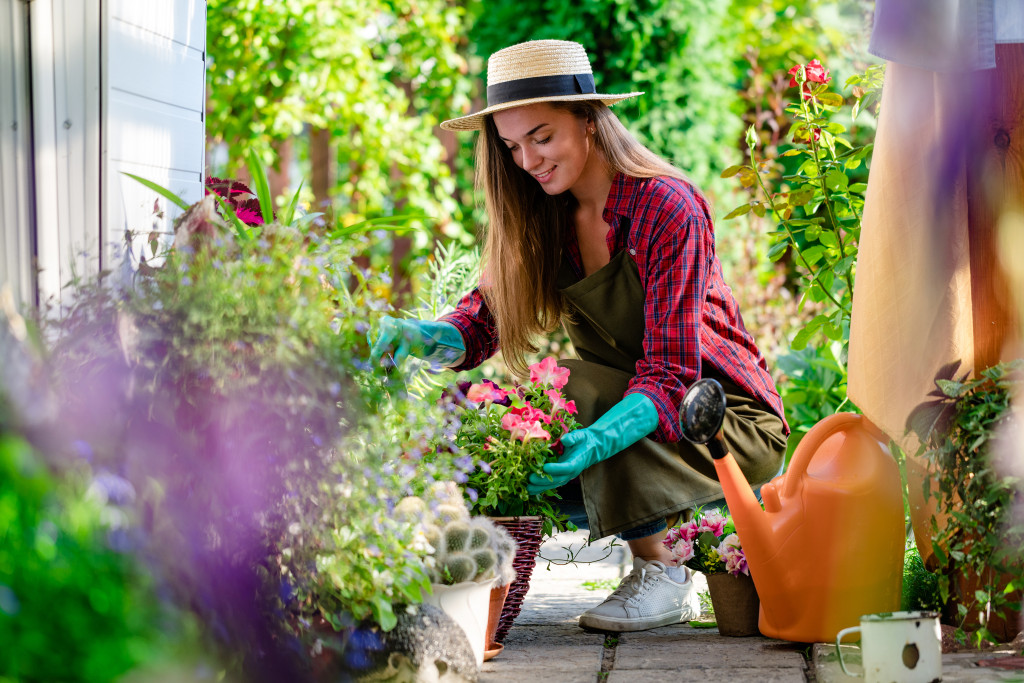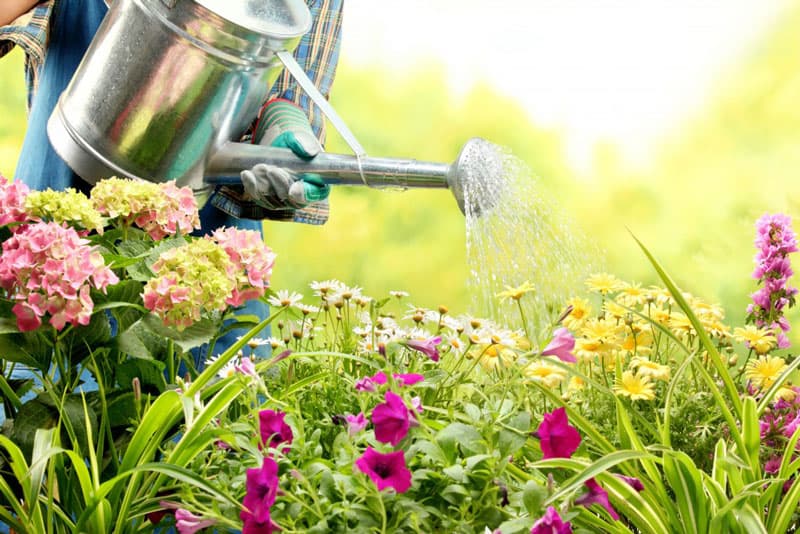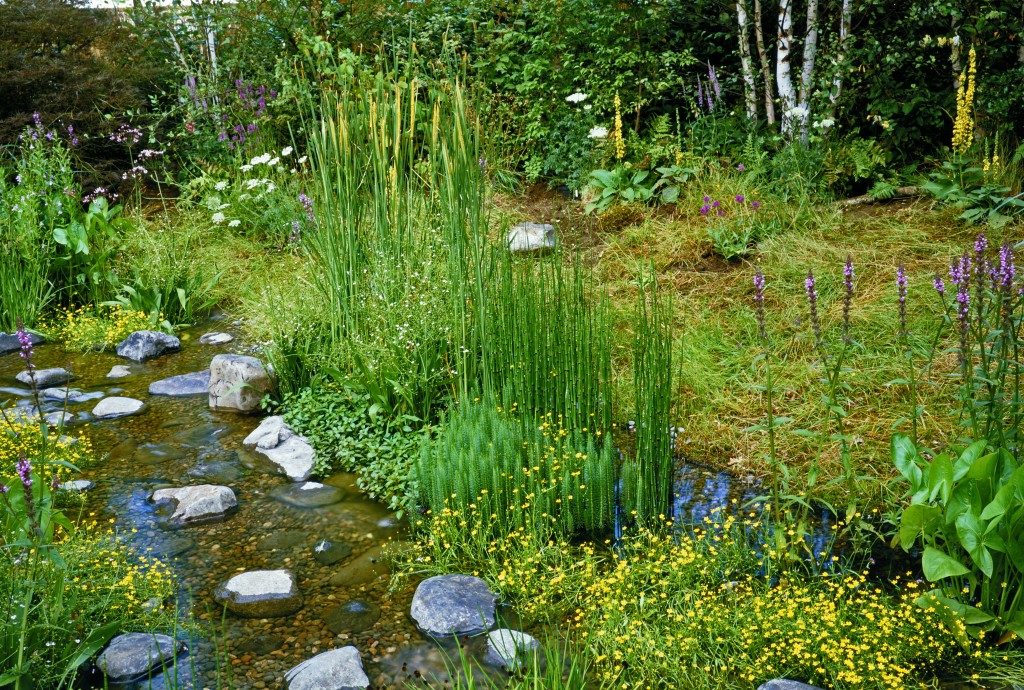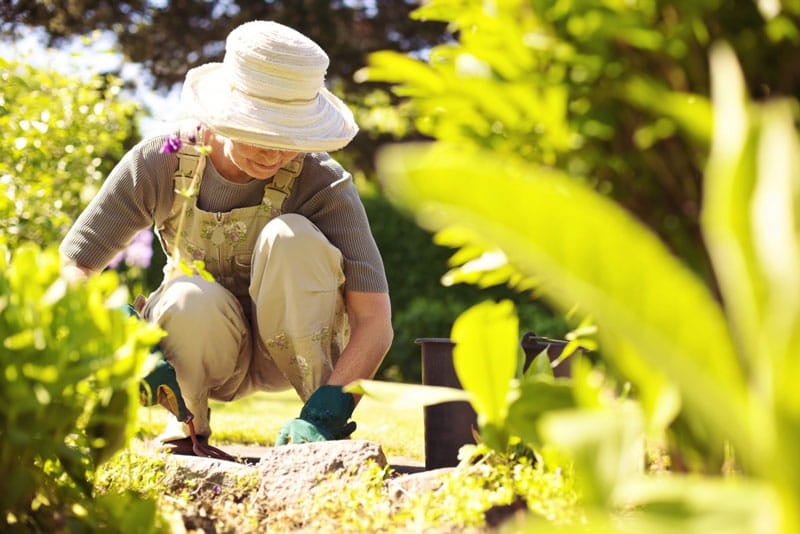A vegetable garden can be a fun and rewarding experience, and you’ll get to enjoy the fruits (or vegetables) of your labor. You’ll need some basic supplies and information to start, so keep reading for the complete guide to vegetable gardening!
First, let’s discuss the benefits of having a vegetable garden.
Benefits of Having a Vegetable Garden
1. Homegrown Vegetables Are Often More Nutritious
Vegetables that are grown at home are often more nutritious than those that are purchased from the store. This is because store-bought vegetables are typically shipped long distances and maybe several days old by the time they reach the shelves. Homegrown vegetables, on the other hand, are picked at the peak of ripeness and can be eaten immediately.
2. You’ll Save Money in the Long Run
Although starting a vegetable garden can be a bit of an investment upfront, you’ll save money in the long run. Store-bought vegetables can be expensive, especially if you’re buying organic. By growing your vegetables, you’ll be able to cut your grocery bill down significantly.
3. You’ll Know Exactly What’s Going Into Your Food
When you grow your vegetables, you’ll know exactly what’s going into your food. Store-bought vegetables may be sprayed with harmful pesticides and chemicals. But when you grow your food, you can control what goes into it, ensuring that it’s healthy and chemical-free.
4. You’ll Have Fresh Vegetables at Your Fingertips
One of the best things about having a vegetable garden is that you’ll always have fresh vegetables at your fingertips. There’s nothing quite like picking a ripe tomato or cucumber off the vine and eating it immediately. With a home garden, you’ll be able to enjoy fresh, delicious vegetables all season long.
Now that we’ve discussed the benefits of having a vegetable garden let’s take a look at what you’ll need to get started.
Tips to Grow Your Vegetable Garden
1. Choose the Right Location
Pick a spot that gets at least six hours of sunlight a day and has good drainage. If you don’t have a lot of space, you can grow vegetables in containers on a sunny deck or patio. Location is important, so be sure to choose a spot that will give your vegetables the best chance to thrive.
2. Prepare the Soil
The key to a healthy vegetable garden is rich, loose soil. Have your soil tested and add amendments as needed. You can also make your own compost to improve the quality of your soil. Preparation is key, so be sure to take the time to get your soil ready before you plant.
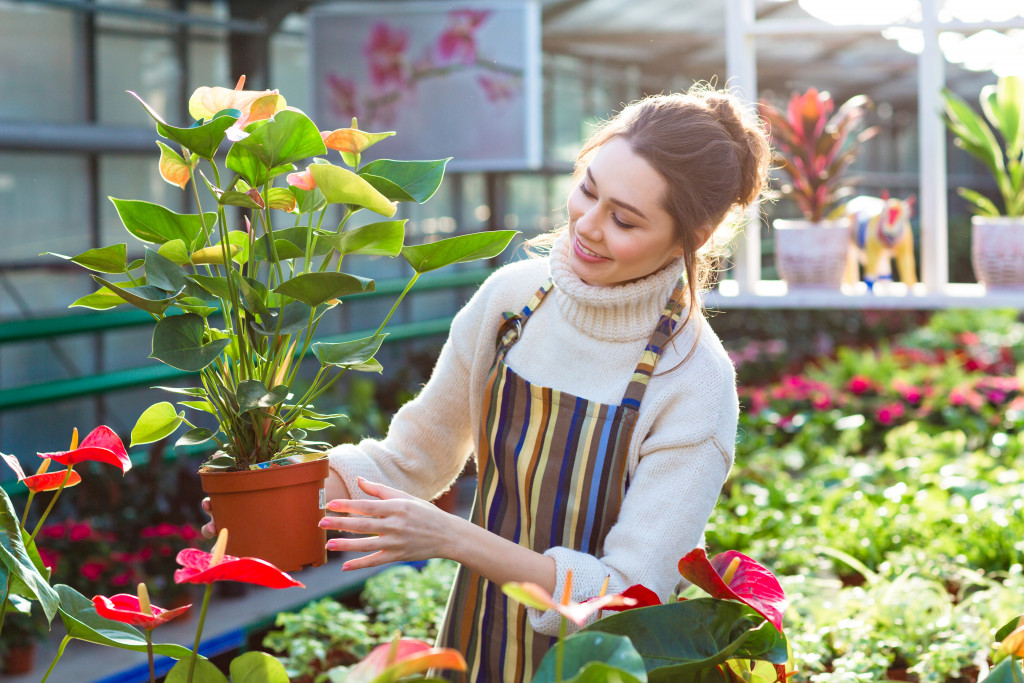
3. Select the Right Plants
Not all vegetables are suitable for every climate, so it’s important to choose plants that will do well in your area. Ask your local nursery or extension office for recommendations.
4. Start with Healthy Seeds
You can start your plants from seed, but make sure to buy healthy seeds from a reputable source. You can also purchase young plants (called “transplants”).
5. Plant at the Right Time
Timing is essential when planting vegetables. Make sure to plant your crops at the right time of year for your climate. Timing will also vary depending on whether you’re planting seeds or transplants.
6. Space Your Plants Correctly
Give your plants enough room to grow by spacing them according to their needs. Check the seed packet or plant tag for guidance. Planting vegetables too close together can result in stunted growth.
7. Water Regularly
Vegetables need 1-2 inches of water per week, so be sure to water your garden regularly. Install an irrigation system to make watering easier. As a general rule, water in the morning so that the leaves have time to dry off before nightfall.
8. Fertilize as Needed
Fertilize your plants according to their needs. Over-fertilizing can damage plants, so it’s important to follow the directions on the fertilizer package. Fertilize more often in sandy soil and less often in clay soil.
9. Control Pests and Diseases
Pests and diseases can damage your crops, so it’s important to take steps to prevent them. Inspect your plants regularly and take action as soon as you see signs of trouble. It is also a good idea to choose pest- and disease-resistant varieties whenever possible.
10. Harvest at the Right Time
Most vegetables are ready to harvest within two to three months after planting. Check the seed packet or plant tag for specific guidance. Right before harvest, stop fertilizing and watering your plants to prevent them from splitting.
Conclusion
Following these tips will help you get started with a healthy and productive vegetable garden. With a little bit of planning and care, you’ll be able to enjoy fresh, homegrown vegetables all season long!

